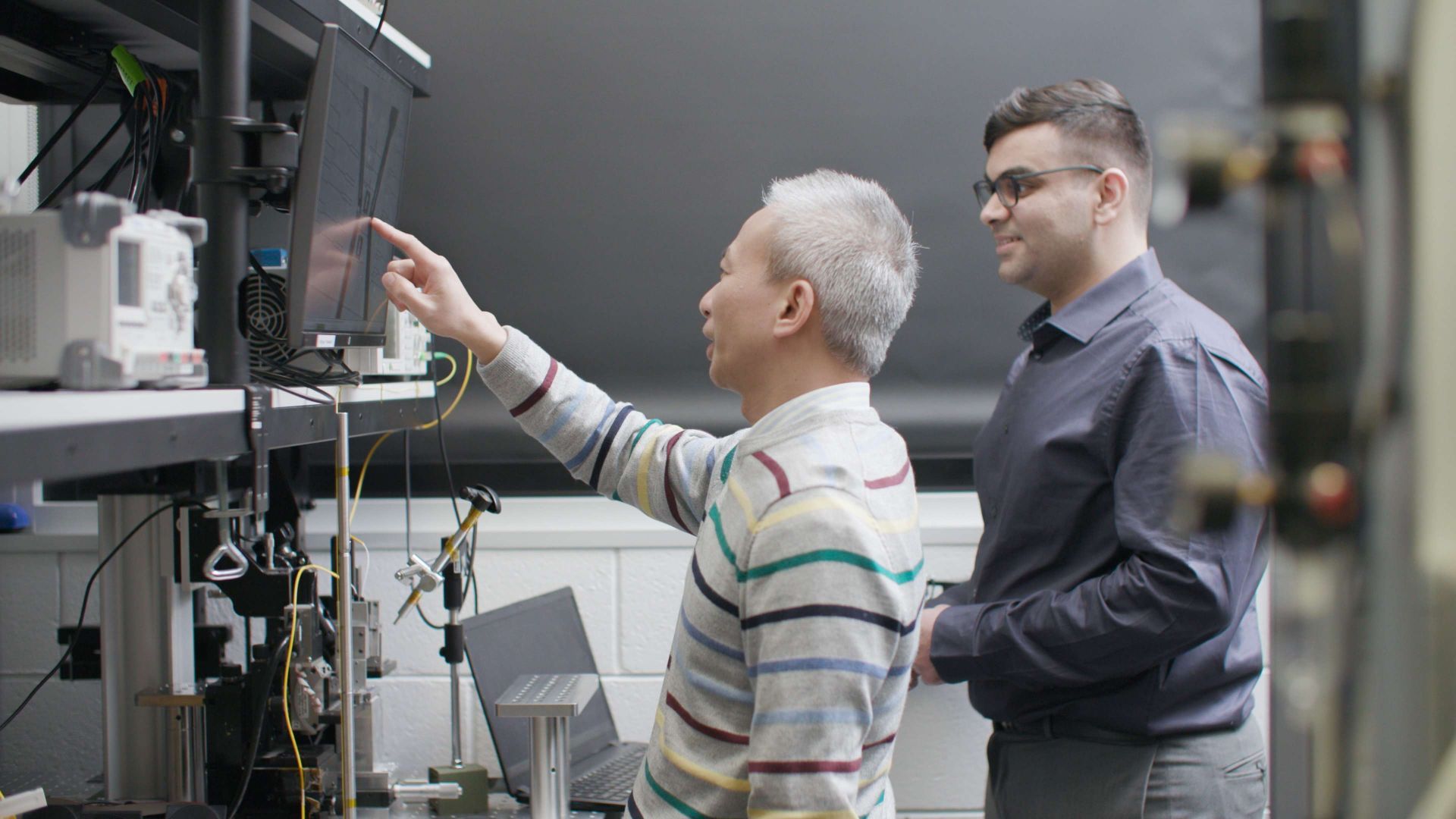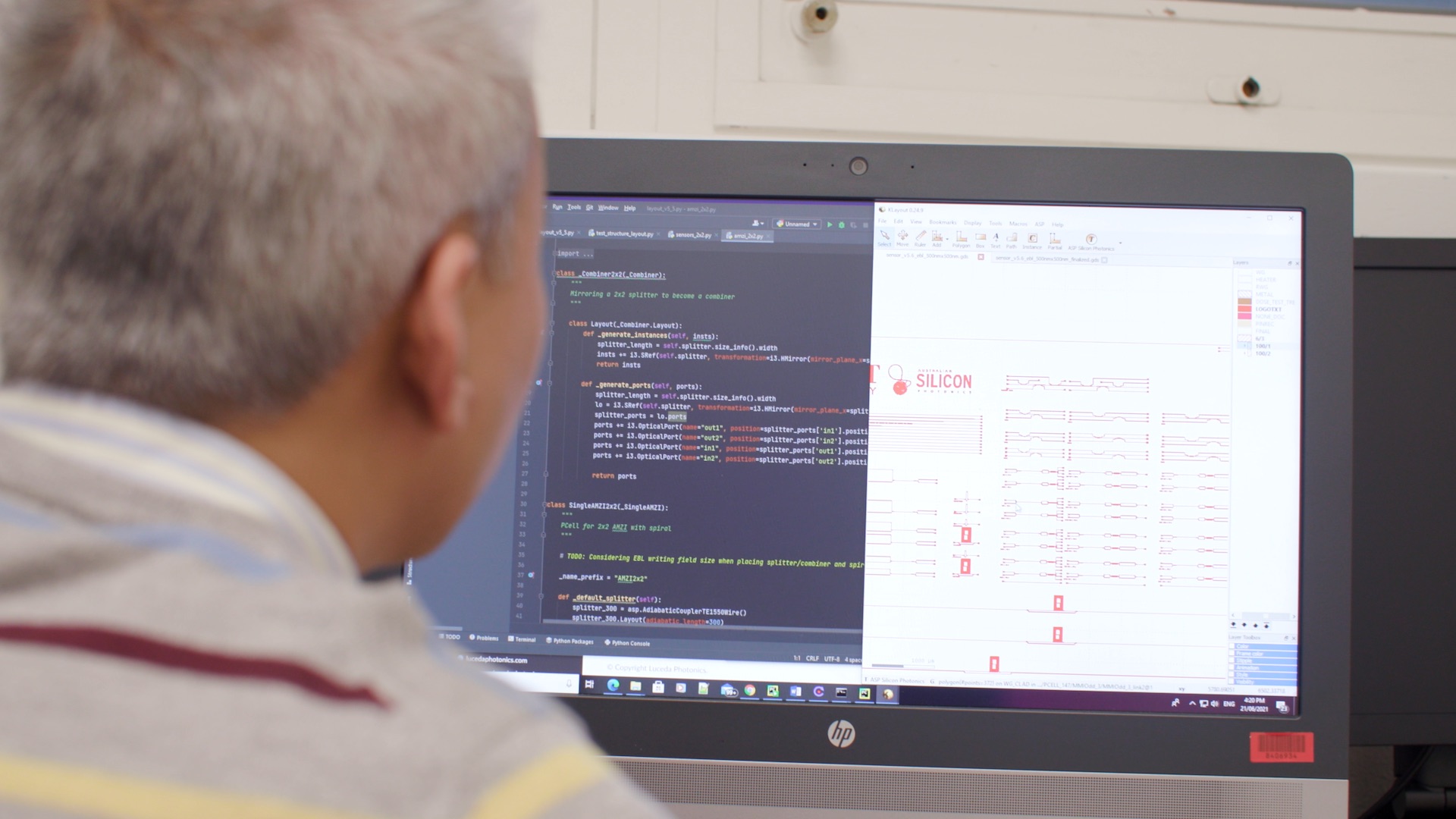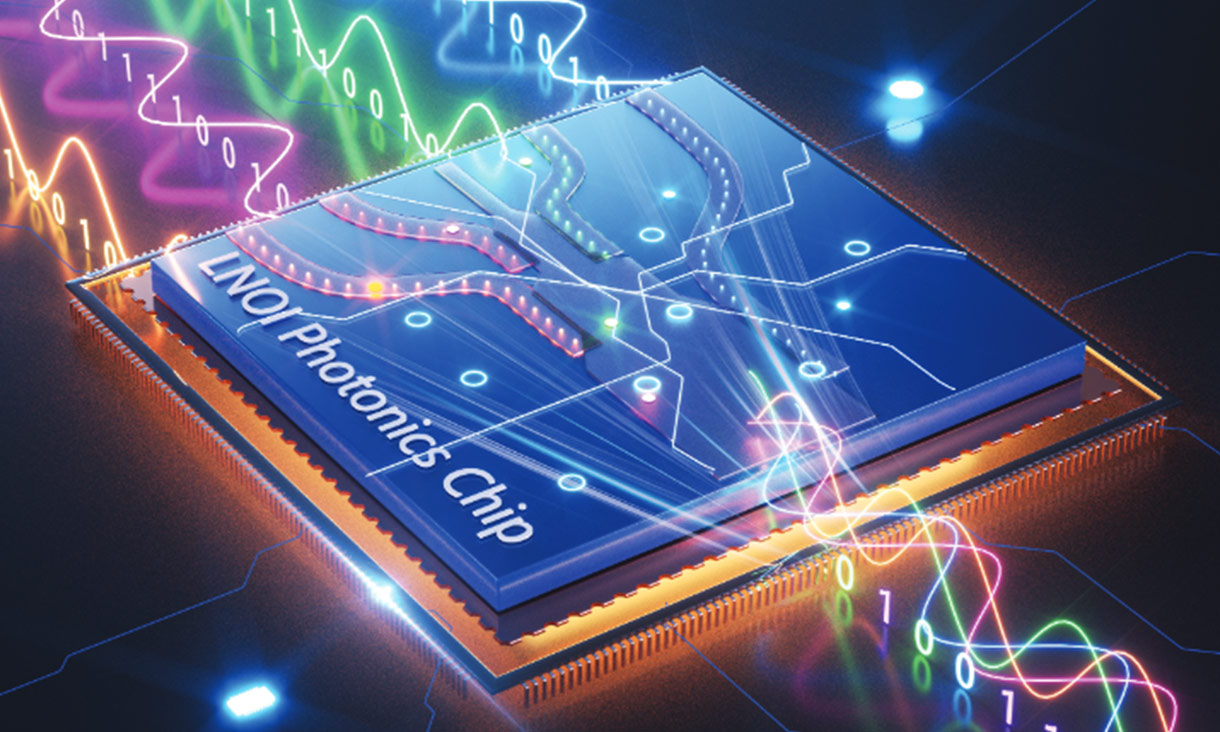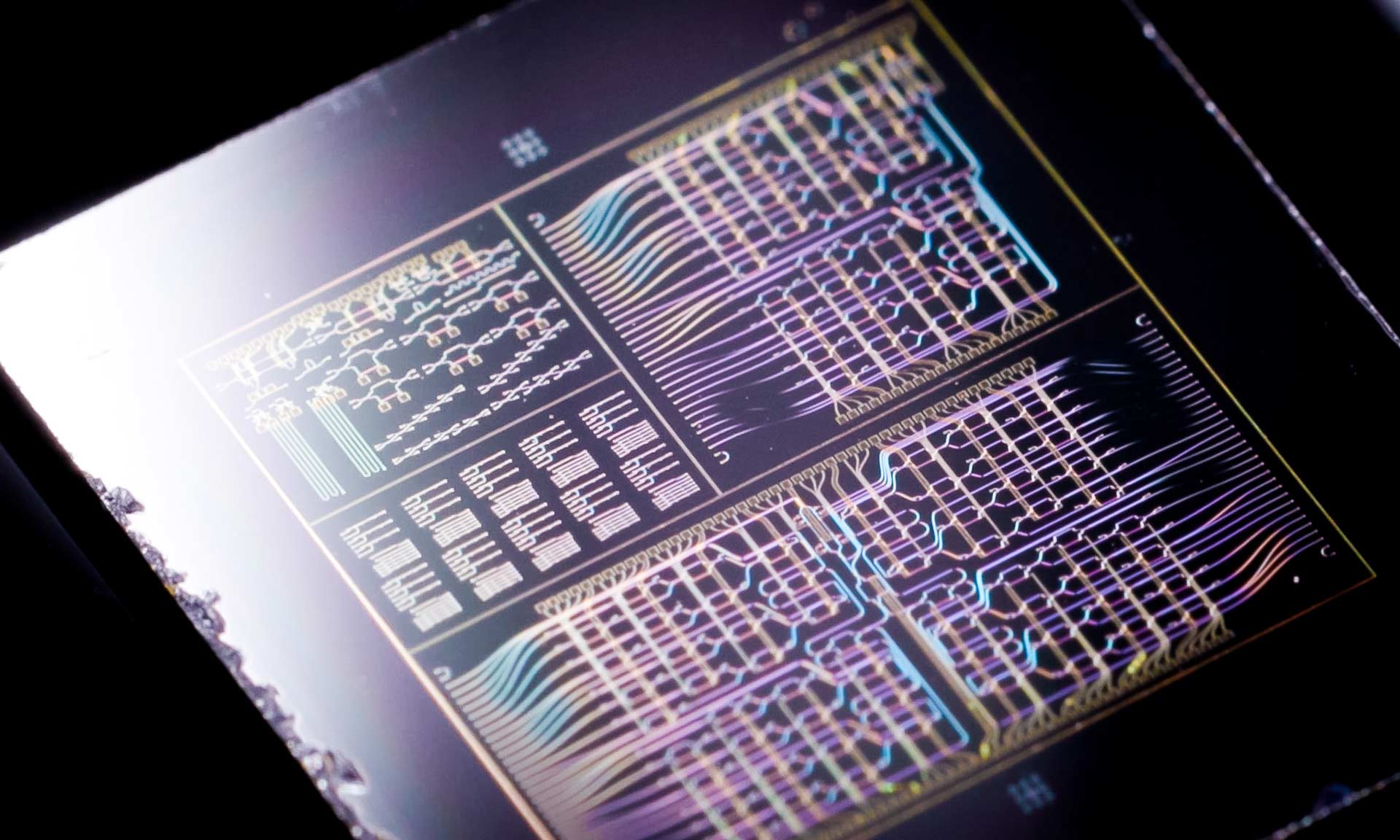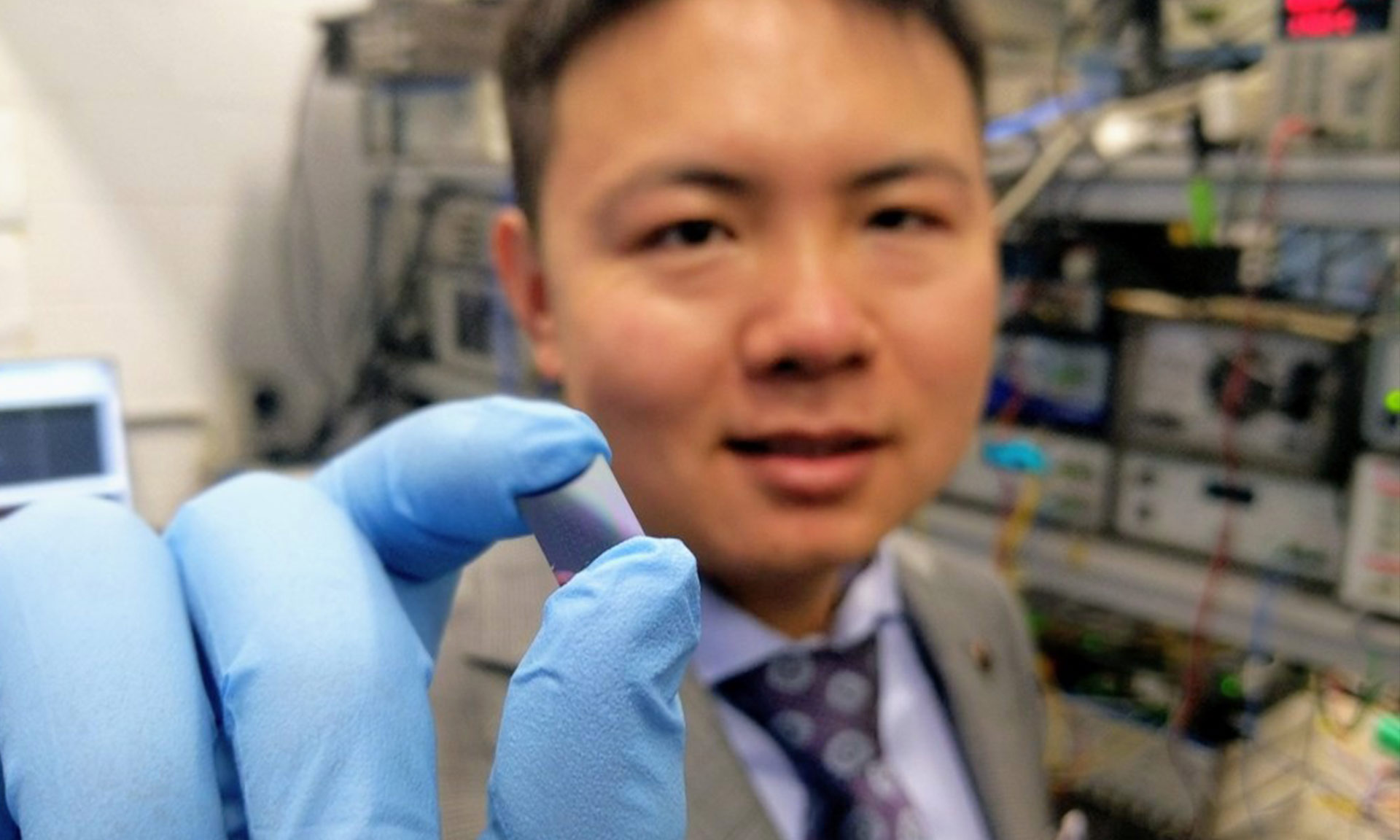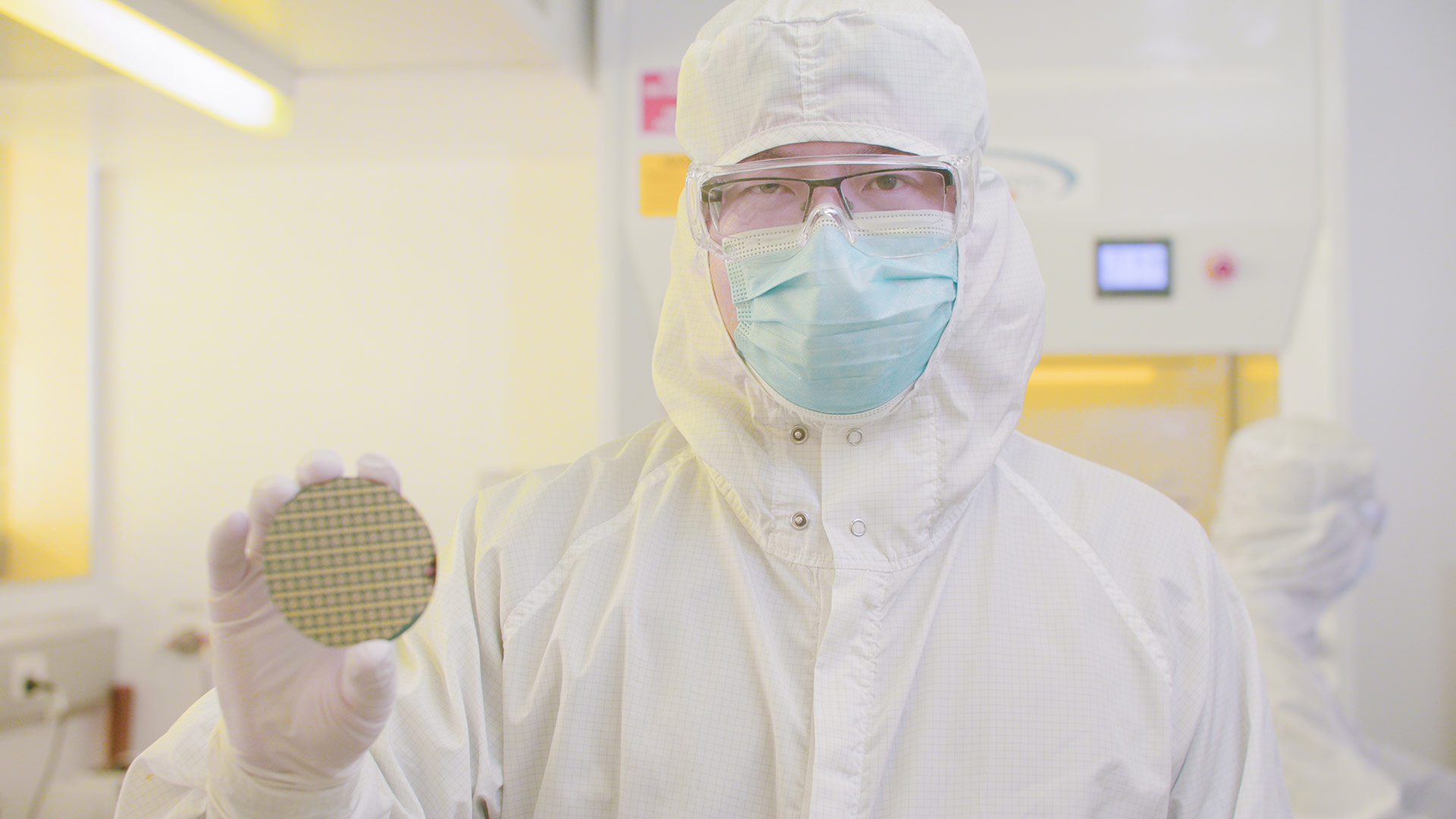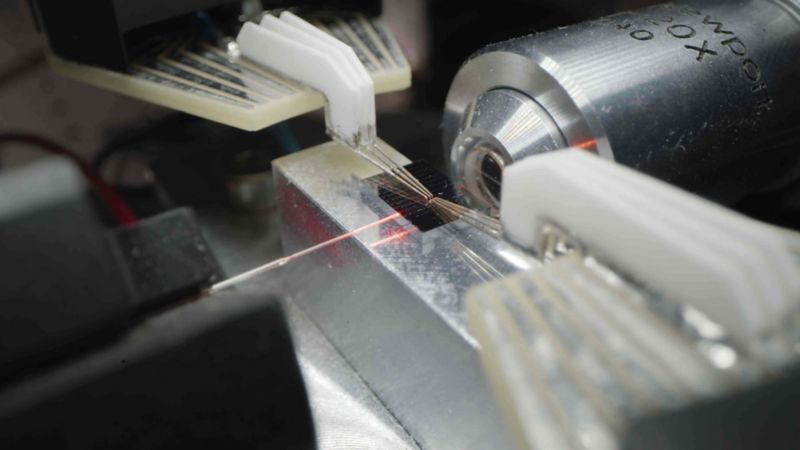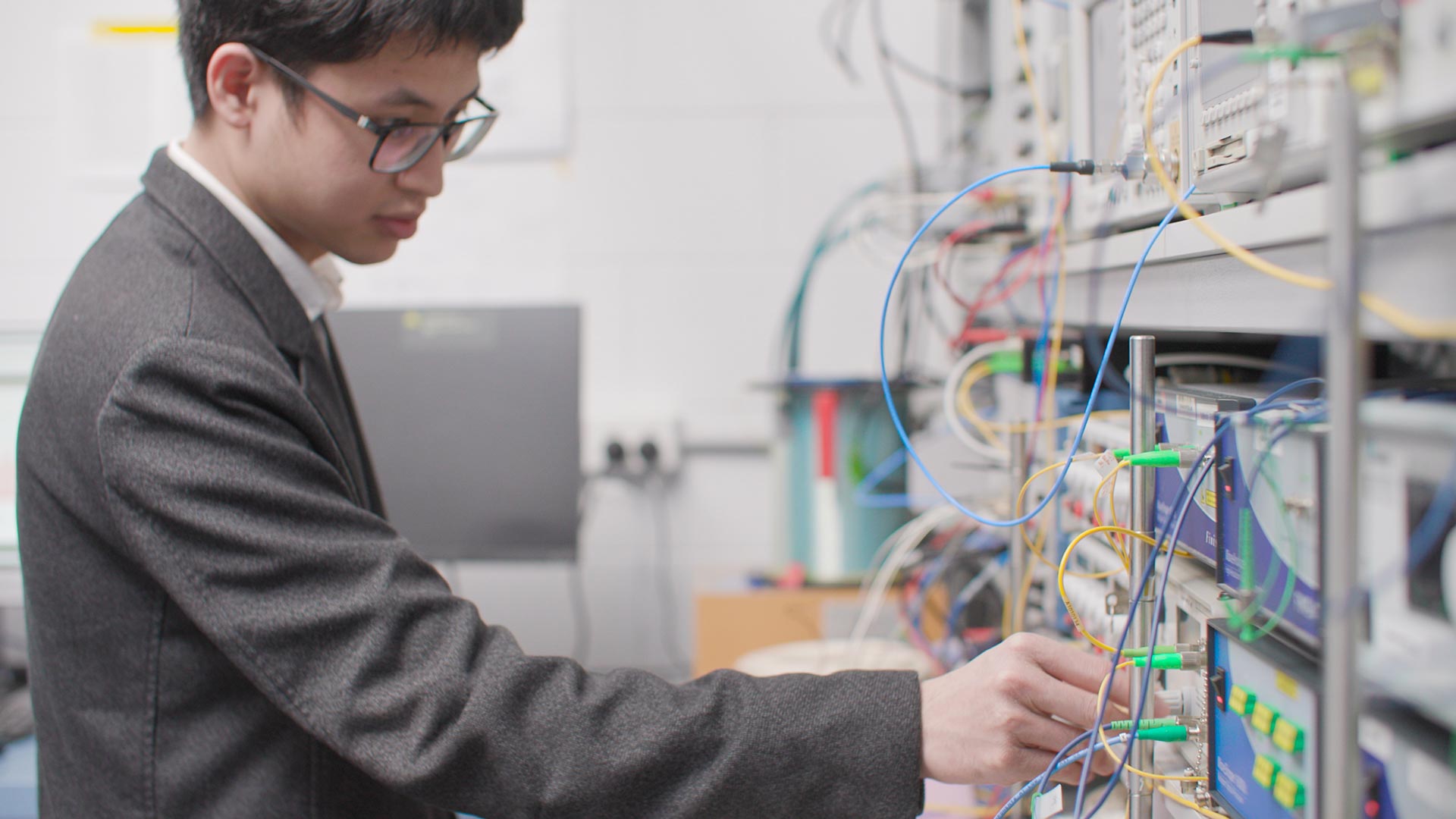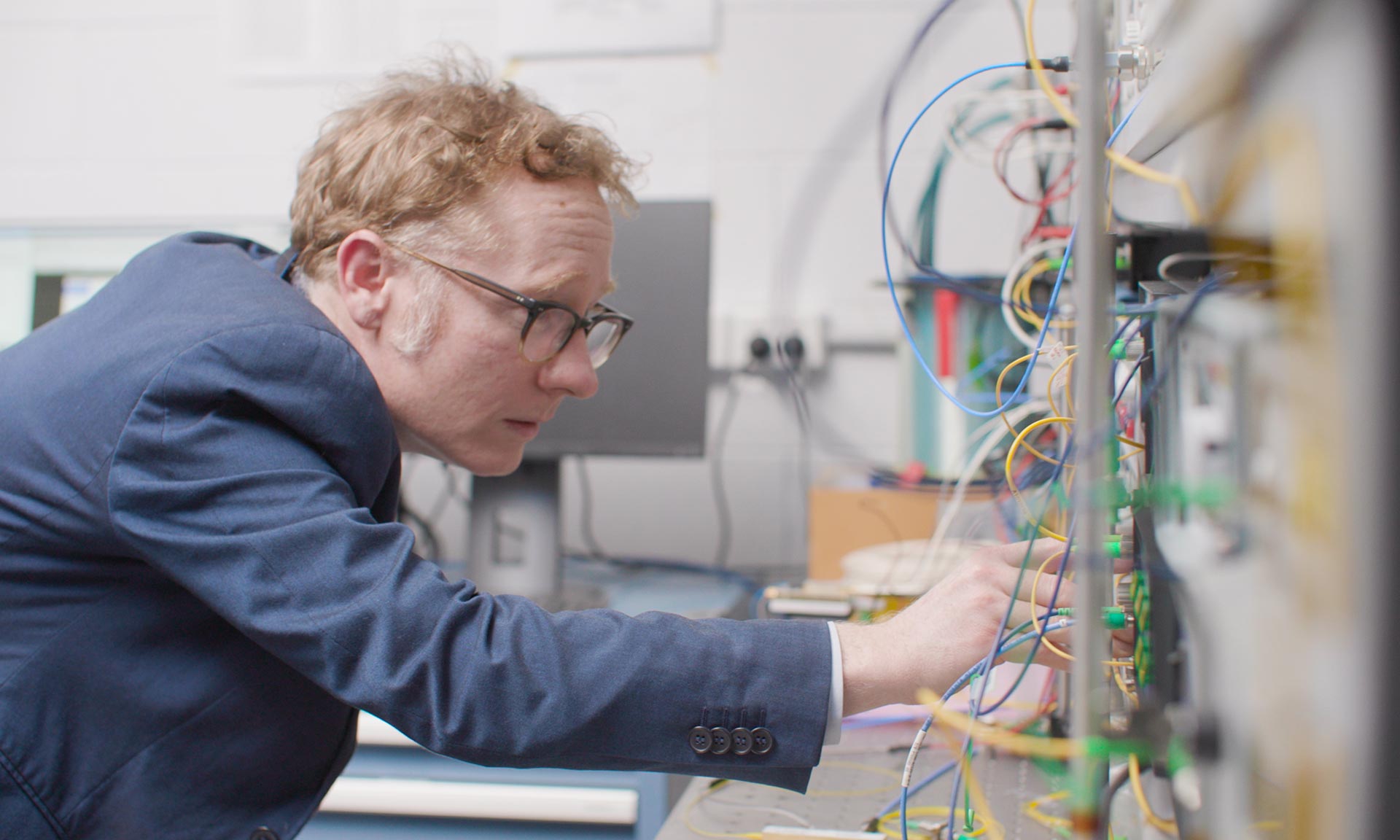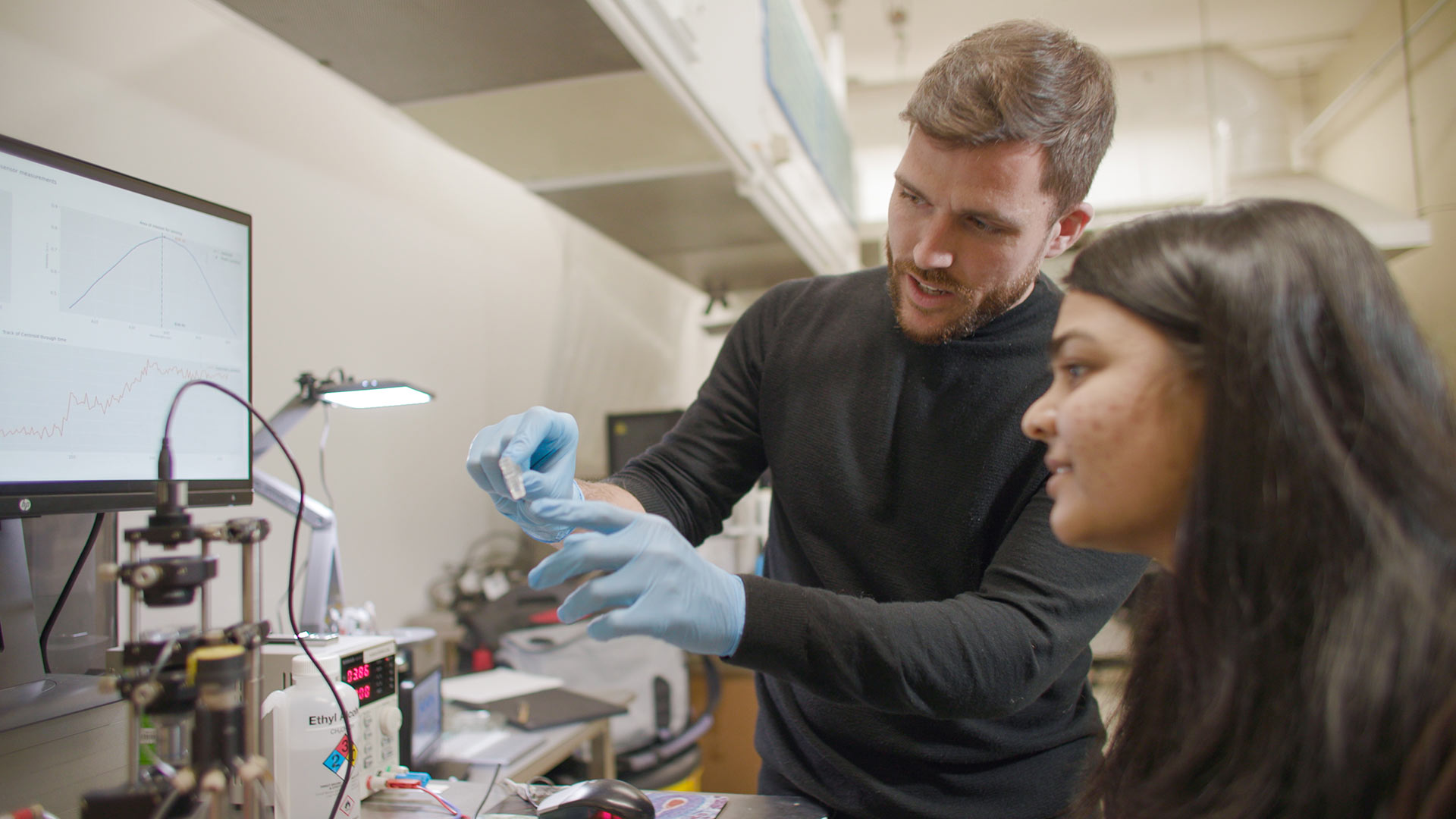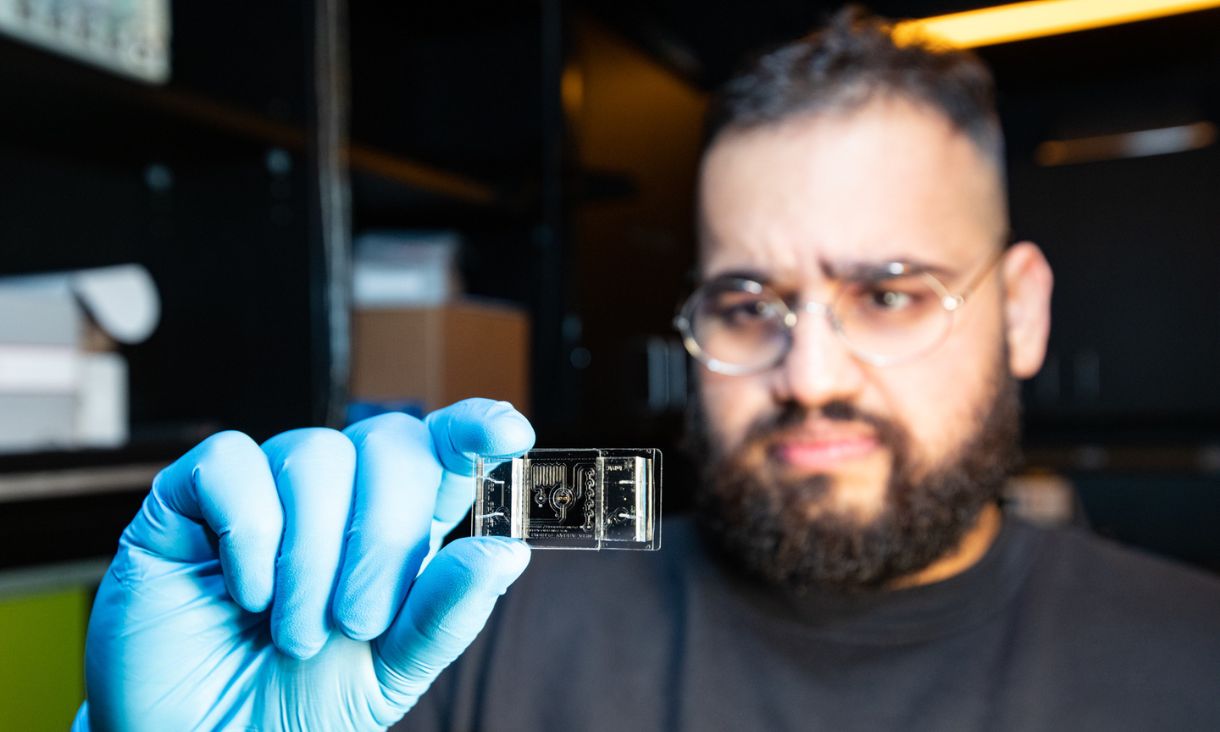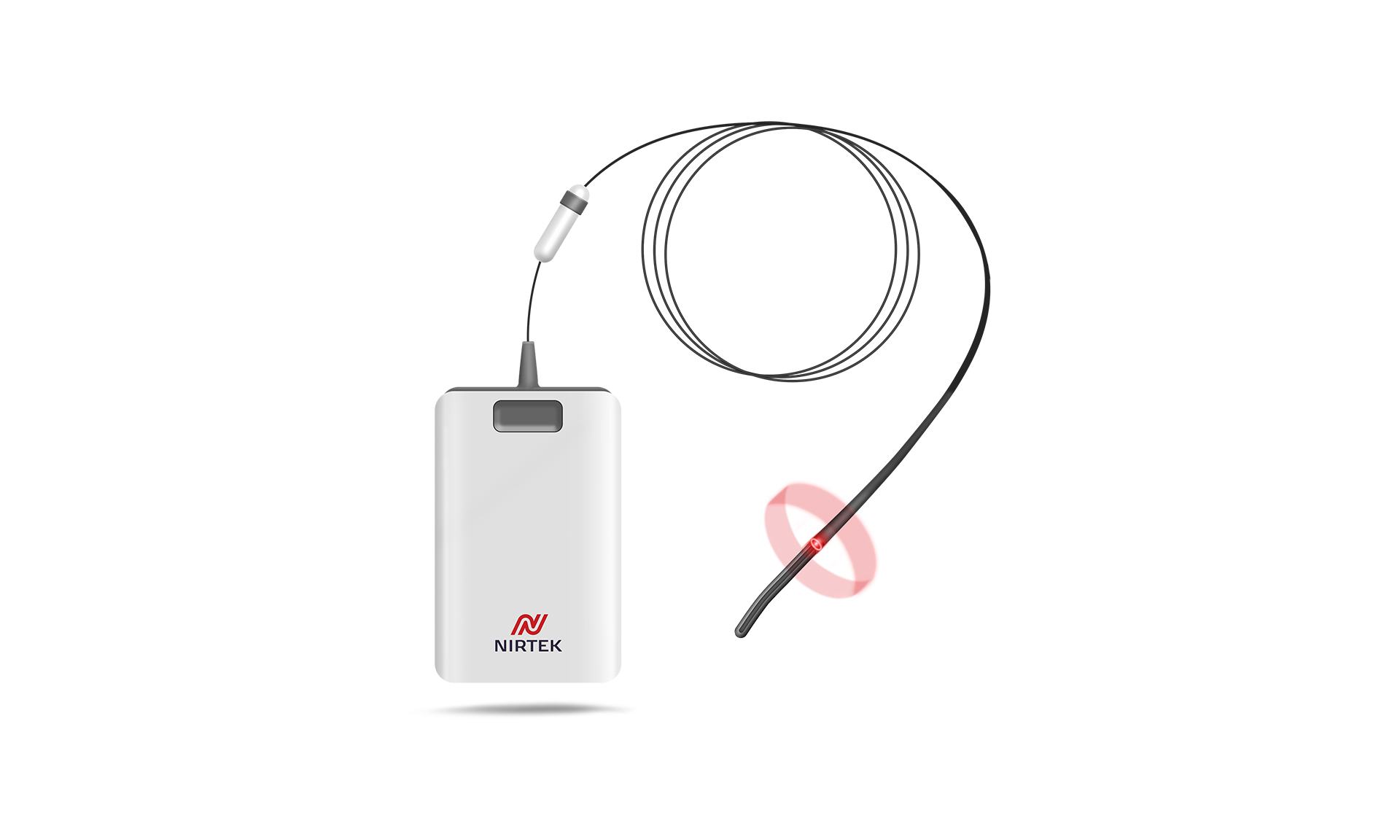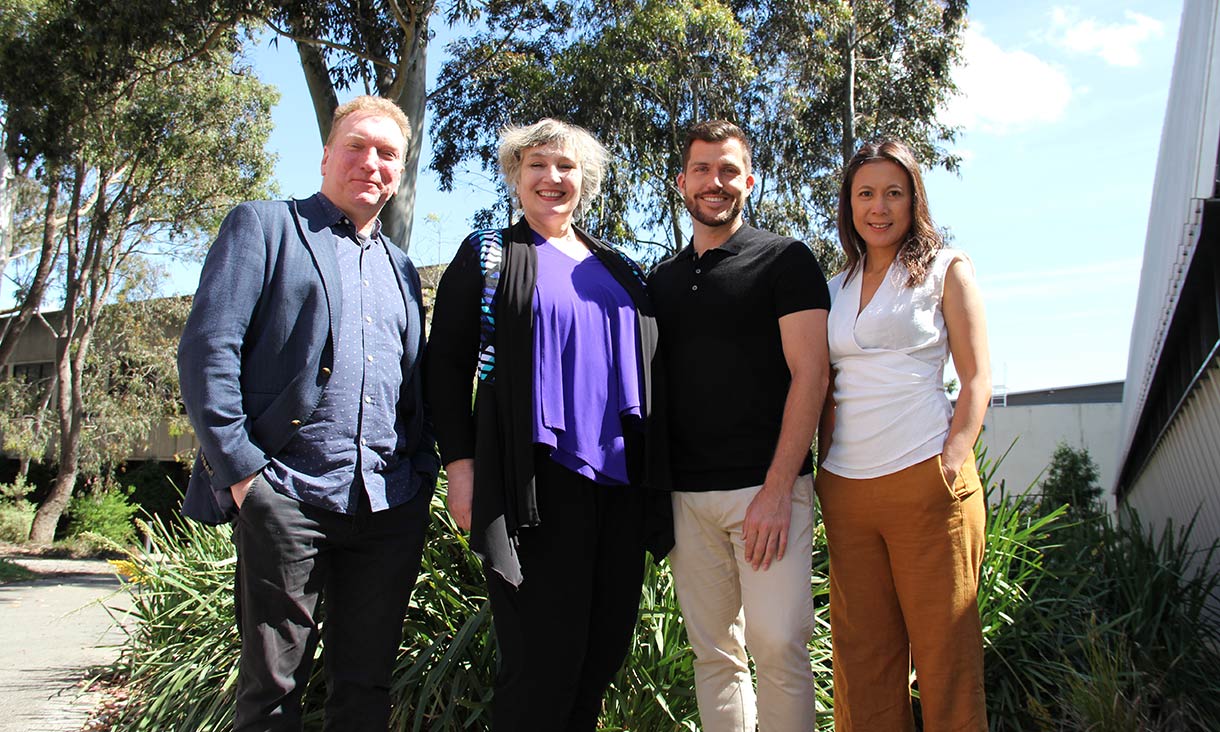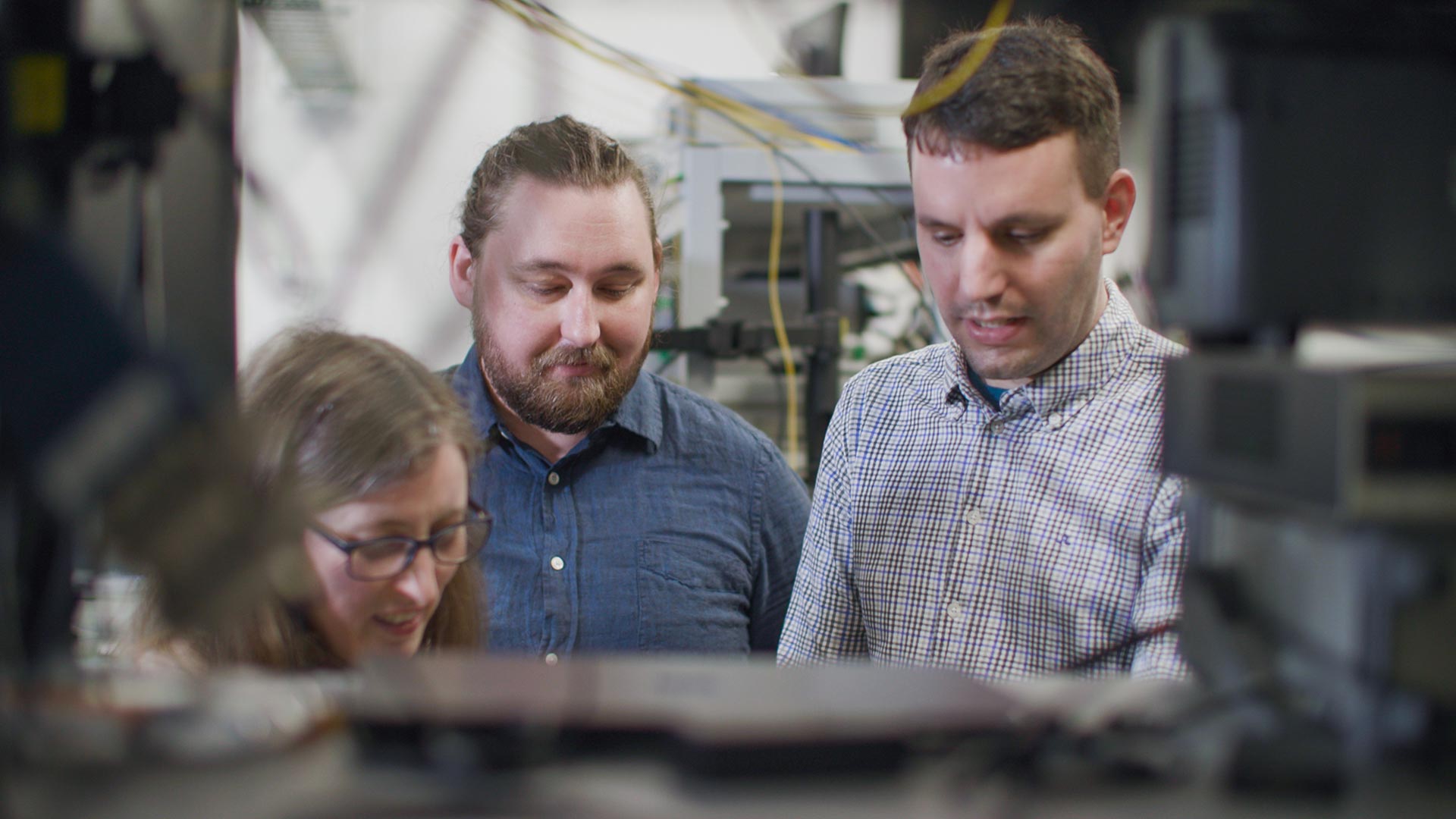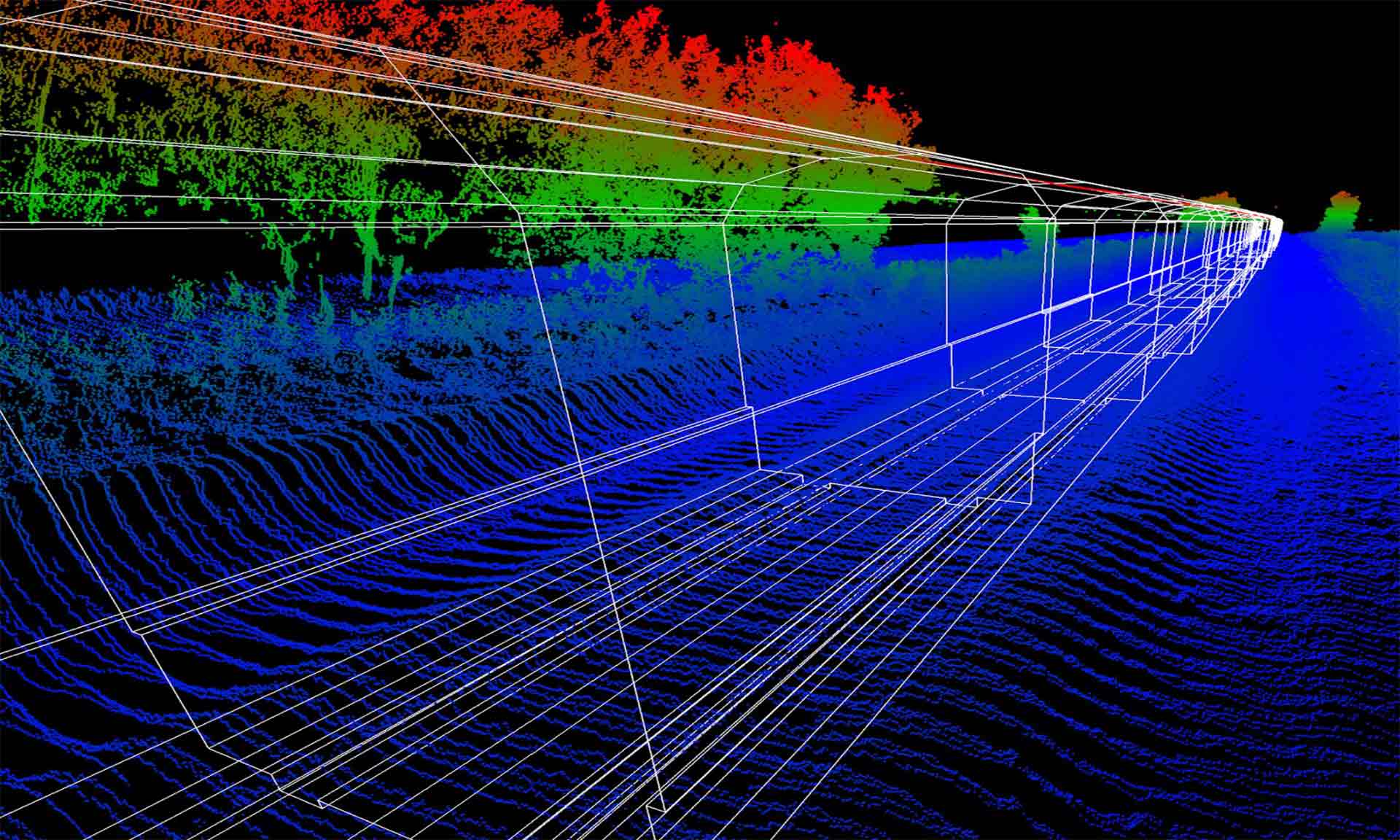Beyond the constraints of space for more versatile smart devices
To help our smart devices become increasingly smaller, yet more complex, our team at the Integrated Photonics and Applications Centre is exploring how systems can be made to encompass higher dimensions beyond the three we experience as humans.
New supercomputing facility to create photonics solutions faster than ever
With the launch of a dedicated RMIT Amazon Web Services (AWS) Cloud Supercomputing (RACE) Hub, RMIT researchers will be able to more easily process huge volumes of data in less time.
Keeping up with the world’s need for ever-faster internet
In collaboration with Lanzhou University in China, we created a commercially available chip capable of accurate and rapid data transfer to keep up with the world’s demand for faster internet bandwidth and speed.
Ensuring a steady stream of photonics students in a $4.3 billion industry
We’re training next-gen photonics design students to keep up with the rate industry is requesting them.
Allowing an artificial brain to attach meaning to what it’s seeing – all in real time
Alongside an international team including Swinburne and Monash universities, we demonstrated the world’s fastest and most powerful ‘brain-like’ processor on a chip smaller than a five-cent piece.



